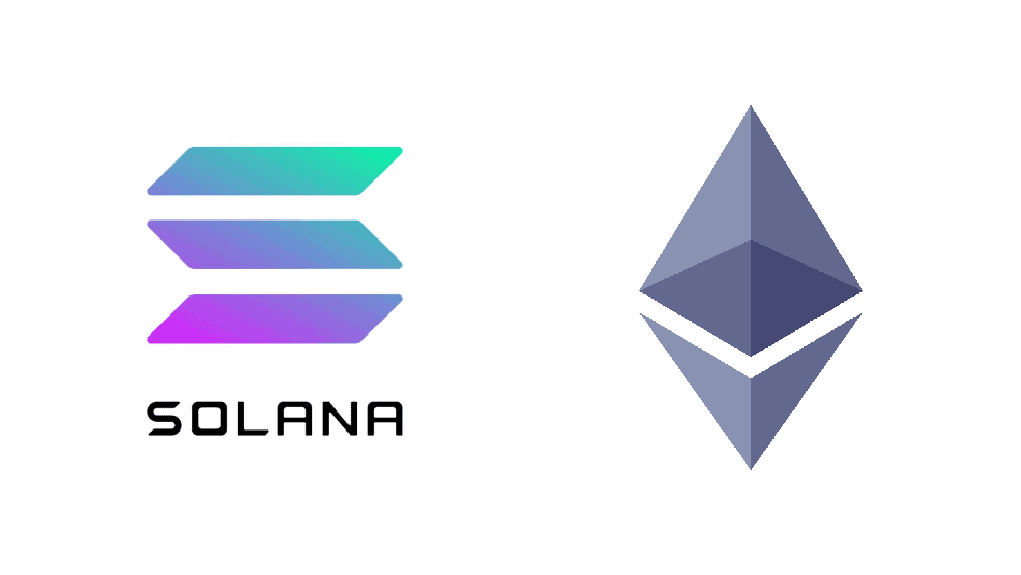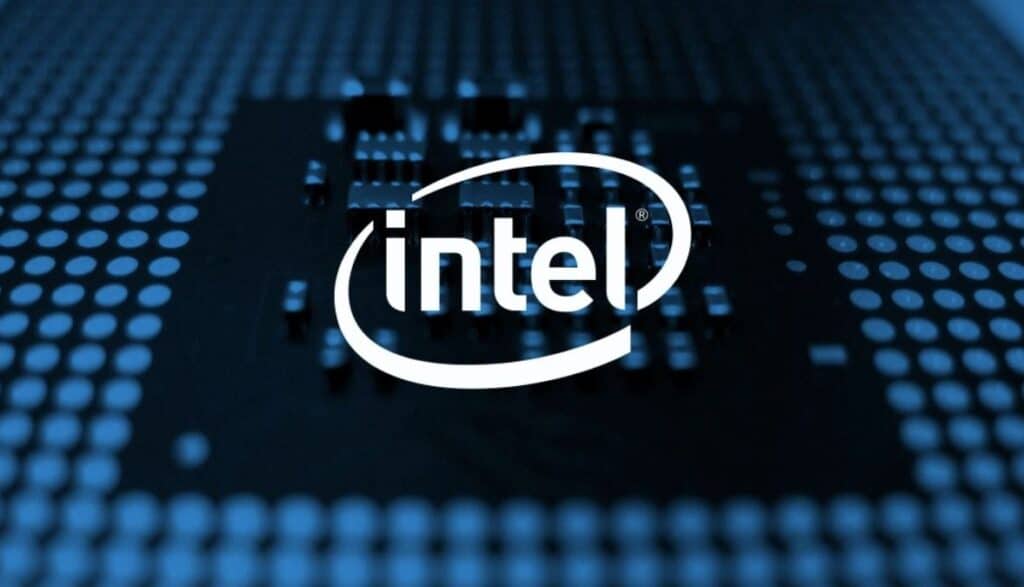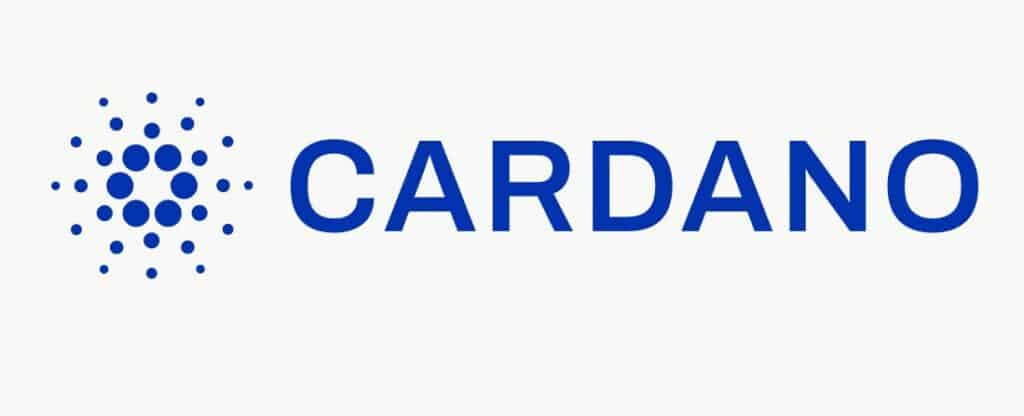Cryptocurrencies have many differences, making them widely used in various areas of life. However, there are also some that are strikingly similar and yet still useful. We will talk about one such project in this article, namely NEO.
A brief history and technical aspects of NEO
NEO is a cryptocurrency that has been commonly called the Chinese Ethereum in the blockchain world. Its founders are Hongfei Da and Erik Zhang. The creation of NEO dates back to 2017, although the whitepaper of the coin was already created three years earlier. That’s when AntShares, the prototype of today’s NEO and China’s first official and public blockchain, saw the light of day. The rebranding took place on June 22, 2017, and since then the cryptocurrency has been operating under the name we all know today, whose acronym comes from the term “New Economic Orders”.
The NEO ecosystem was created for developers, able to create smart contacts and decentralized applications on the platform. The coin itself is indivisible, meaning it has no smaller units than itself. This mirrors one of the elements of the Smart Economy, by which NEO is supposed to somehow resemble financial instruments, such as securities, for example. For this reason, a GAS coin was created to charge for the use of the NEO.
Looking at the Ethereum project, we mentioned the ERC20 standard, which is used in that blockchain to create other tokens. A similar idea guides the activities of NEO. We are talking about the implemented standard NEP5, on the basis of which, among others, the Ontology (ONT) cryptocurrency was created.
NEO is based on the Proof of Stake consensus. However, transactions do not work based on user-created nodes, but through seven nodes belonging to the Council. This indicates a high level of centralization of the project. The target supply of NEO is 100 million units.
Price development of NEO
NEO, like most altcoins, celebrated the peak of its value in early 2018. This occurred on January 15 to be exact, with a valuation of $198.20. Since then, NEO has fallen into a deep correction that brought the token to a value of $4.00 on March 13, 2020. This represented almost 98% of the decline. Luckily, NEO resumed its upward trajectory in early 2021, making it already valued above $55 in mid-February, but still having a long way to go before its All Time High.
Speaking of NEO, it is hard not to mention the valuation of GAS. The price action of this token, for understandable reasons, almost perfectly mirrors the price action of NEO. The GAS price peak was also reached on January 15, 2018, at a valuation of around $100.92. After the fact, GAS fell into a strong decline bringing the price of the coin to $0.54 in March 2020. This is more than a 99% bottom, where fortunately the trend was reversed to have GAS already valued above $18.00 in mid-February 2021.
Opportunities of NEO
With its strong similarities to Ethereum, we can assume that NEO has the potential to be very successful. Its constant presence in the blockchain environment indicates that successful copies of solid projects have the right to exist. However, looking at the development of NEO, as well as its price, it is difficult to expect as much popularity as its prototype. Nevertheless, the potential of the project is huge, which makes us recommend following its further fate.
And if you are interested in the topic of similarities between blockchains, we encourage you to take a look at the article “What is Ethereum (ETH)” to learn even more about them.












